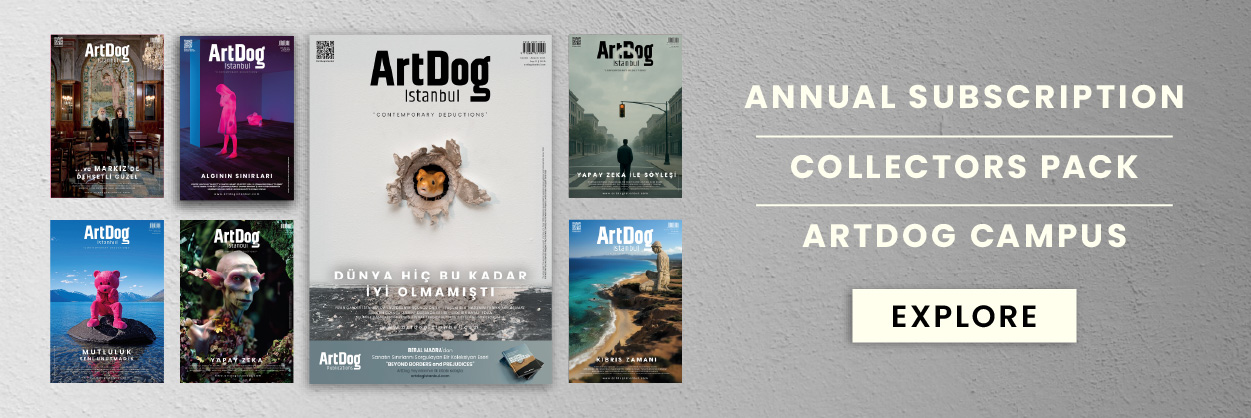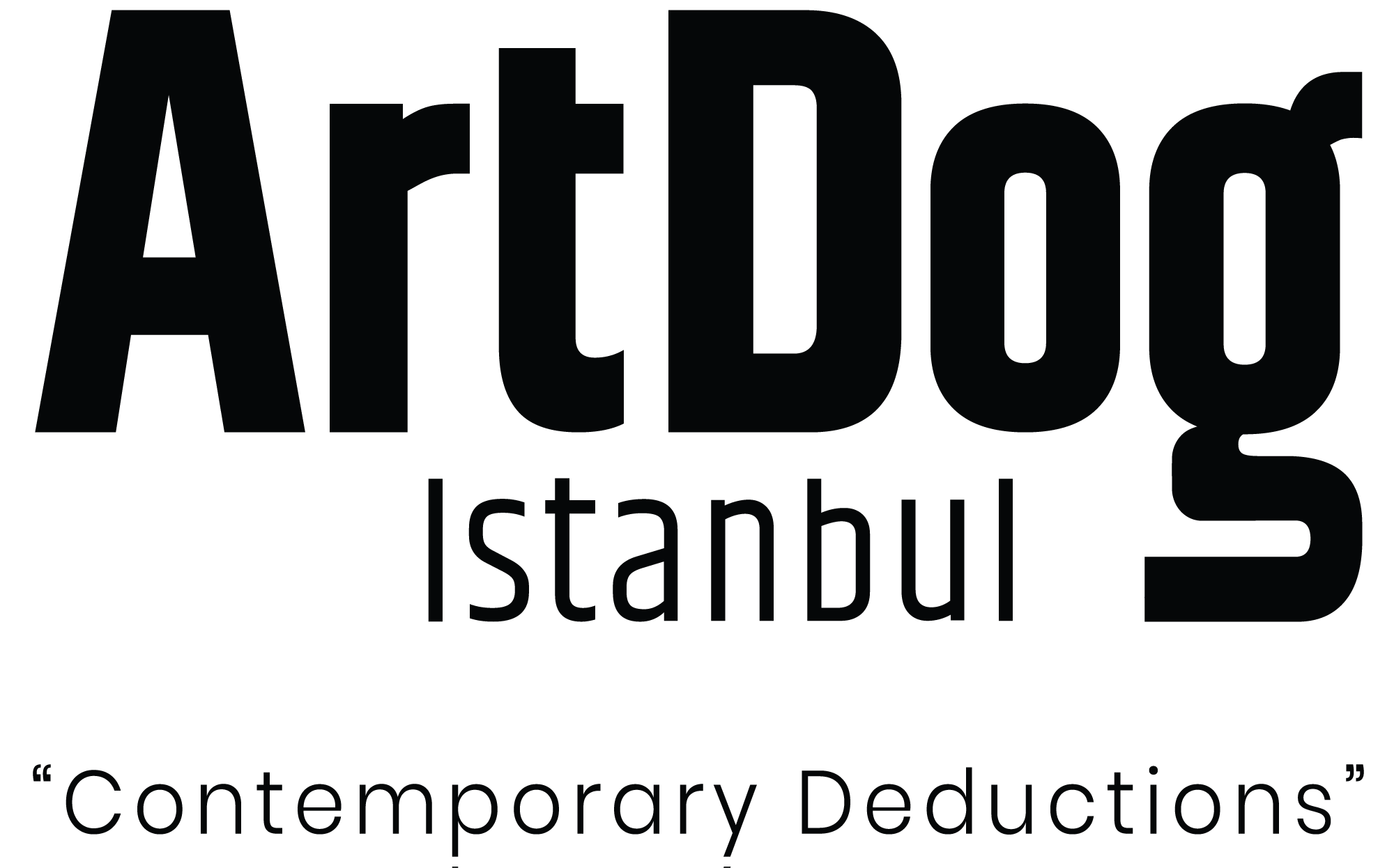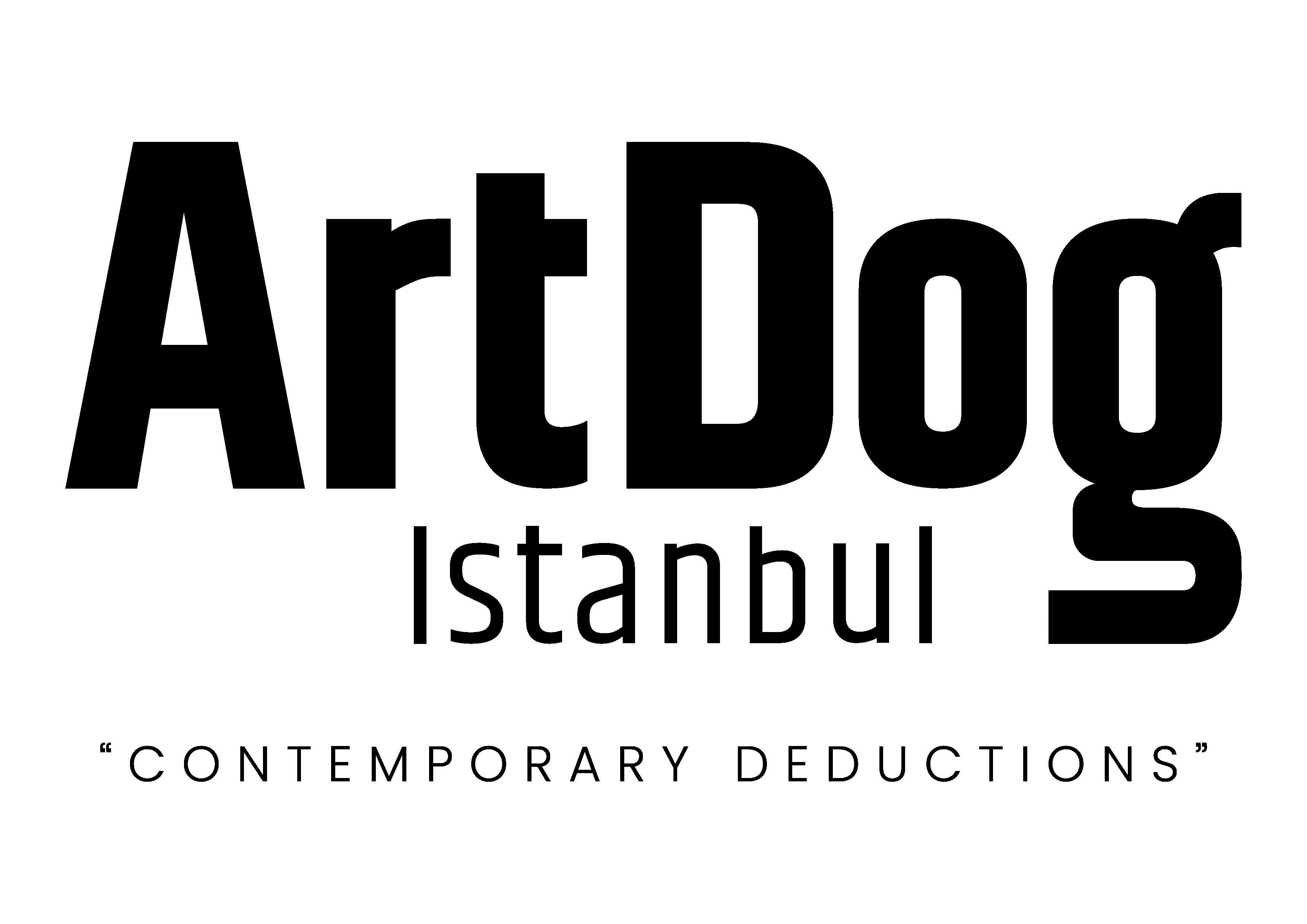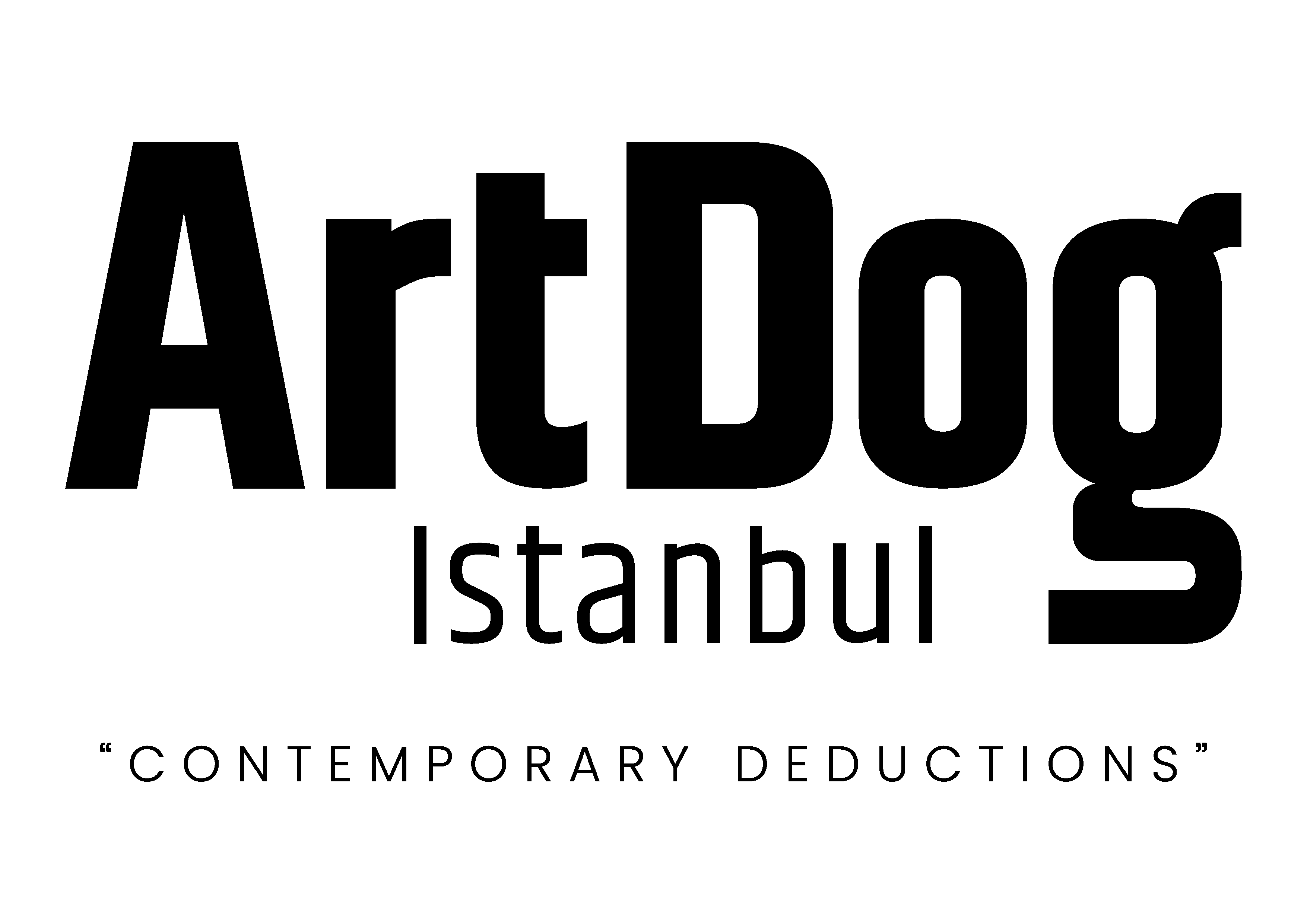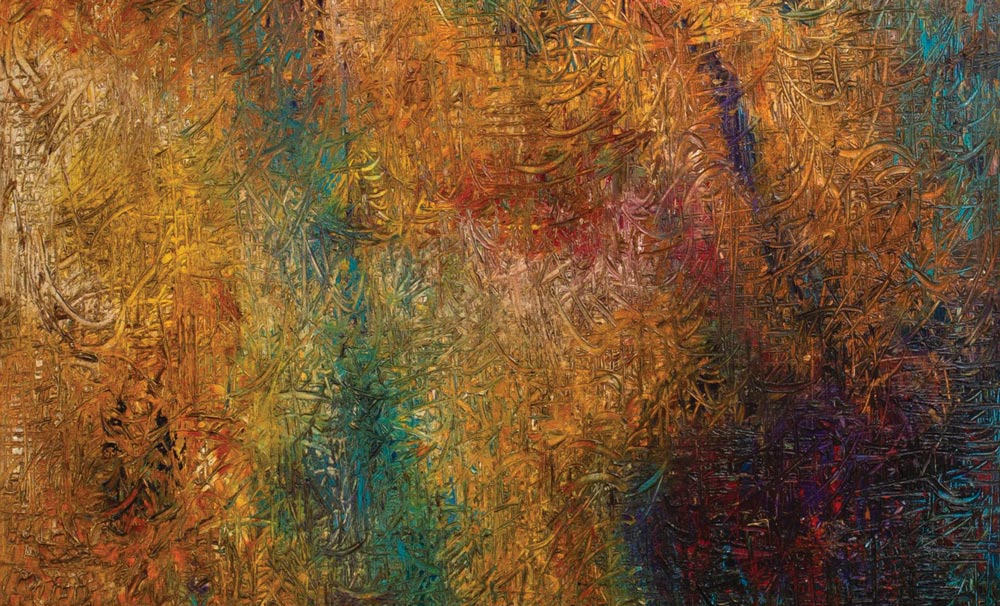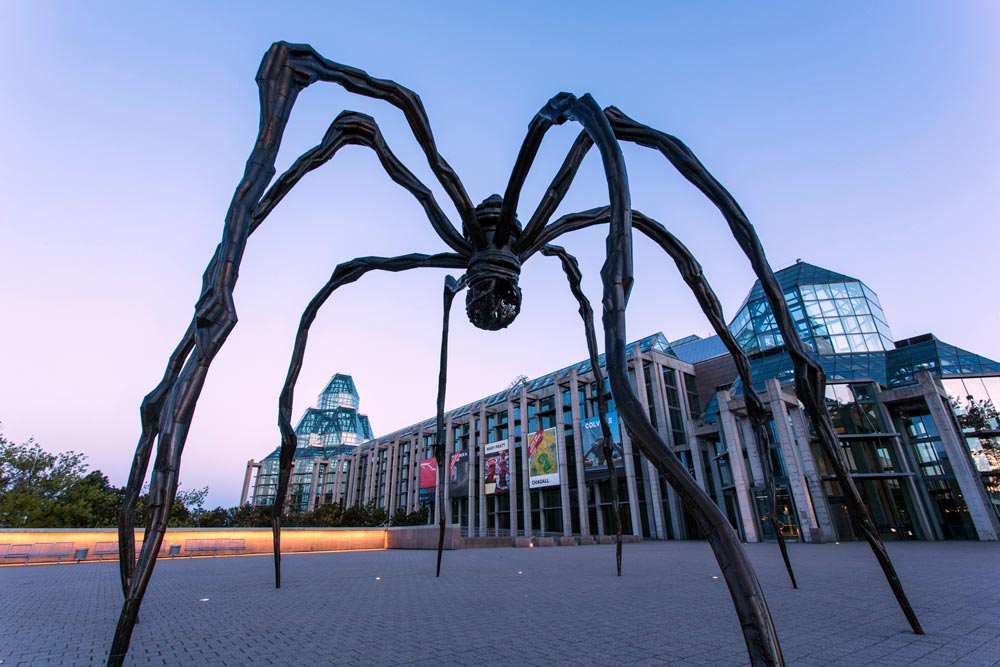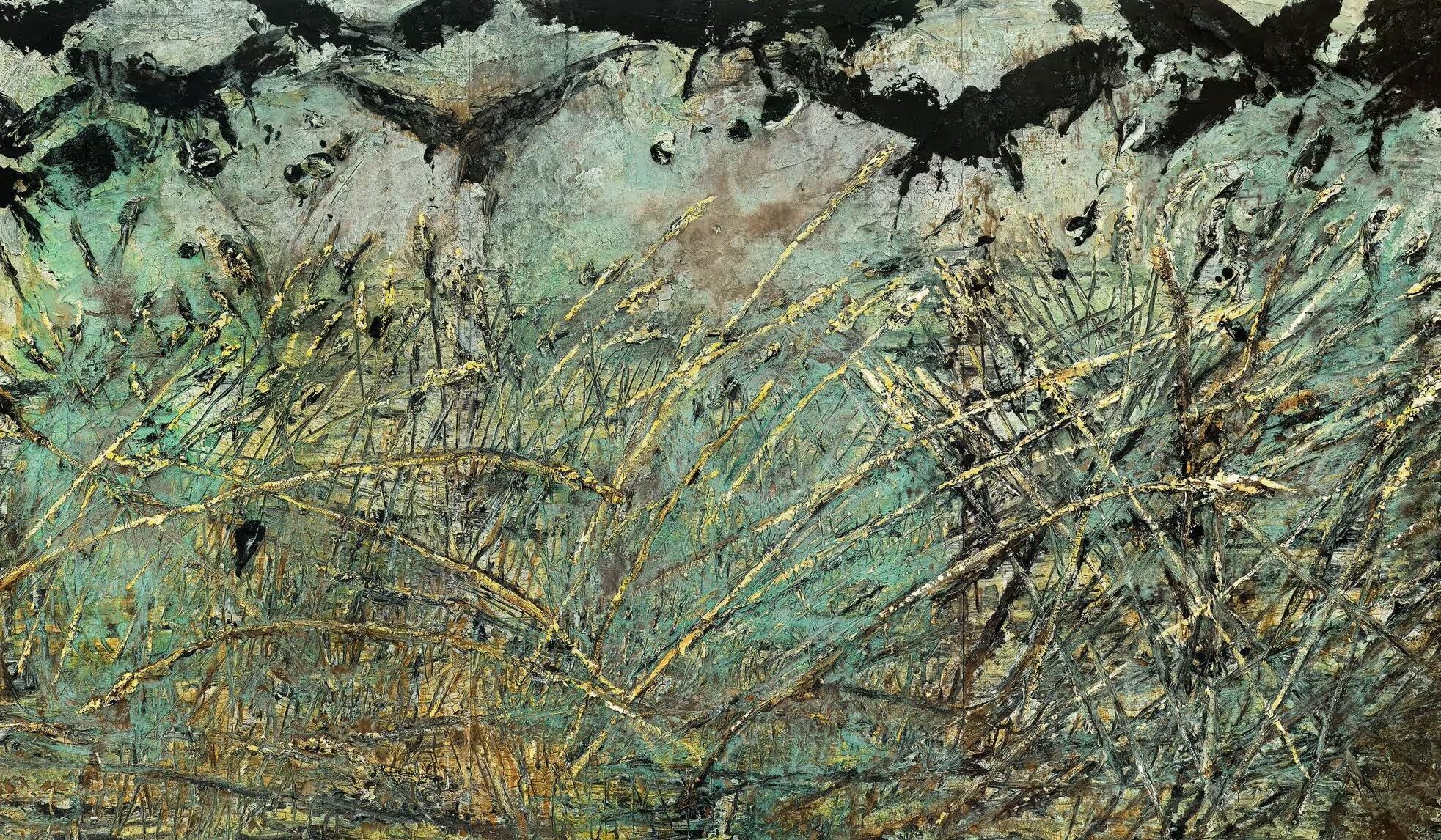The exhibition Encountering Fahrelnissa Zeid: SOLO at İGA ART, the cultural and art center of İGA Istanbul Airport, promises an unexpected encounter with art amid the airport environment. The first exhibition revolves around Fahrelnissa Zeid’s Abstract Composition and invites viewers to slow down, observe, and connect.
Pausing for Art Amid the Bustle of İGA Istanbul Airport…
İGA ART aims to transform the airport from merely a transit hub into a cultural stopover that stimulates thought. The SOLO series is an original part of this vision: each edition focuses on only one artist and a single artwork. According to curator Marcus Graf, this is a deliberate choice designed to slow down and engage the viewer. The first exhibition is dedicated to Fahrelnissa Zeid, one of the pioneers of Turkish modernism. The exhibition, titled Encountering Fahrelnissa Zeid: SOLO, centers on the artist’s 1960 work Abstract Composition. We spoke with Marcus Graf about all this and more.
Slowing Down in a Place of Constant Rush
In a space like an airport, where people are usually moving in haste, you invite visitors to “slow down” and connect. What kind of experience around the concept of “time” did you aim to create with this exhibition? What would you say about the impact of art on these transitory journeys?
Although airports are often seen as places dominated by speed, transition, and functionality, they are also stages for long periods of waiting for many travelers. Hours spent between connecting flights are often defined by a sense of emptiness or spatial transience. İGA ART Gallery is located right beside a central area where visitors frequently spend time during these intervals. This offers us the opportunity to transform these moments of waiting into meaningful and transformative experiences through art.
With Encountering Fahrelnissa Zeid: SOLO, we placed a focused space of slowing down into these transitory times. We invite visitors to stand in front of a single work, to look attentively, and to connect. Thus, time becomes not merely something that passes but an experience lived through pausing and filled with meaning.
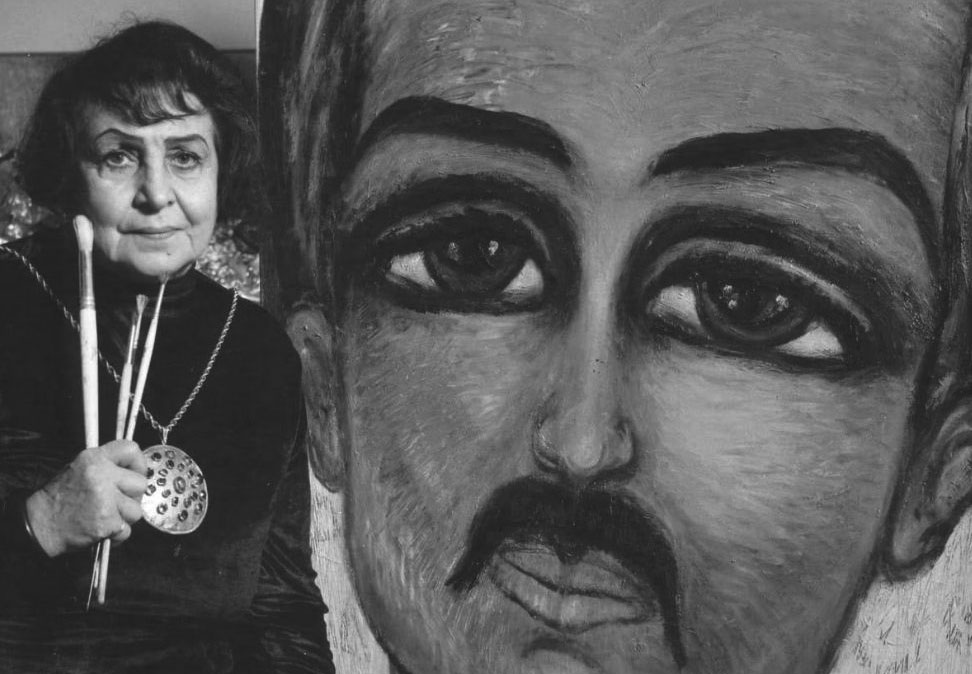
A Time Journey with Fahrelnissa Zeid
At the same time, this exhibition offers viewers the chance to embark on a time journey through Zeid’s life and art. The exhibition design follows a chronological structure: first presenting biographical information about the artist’s life, then her general artistic production, followed by her abstract period, and finally her mature period, represented by the 1960 work at the center of the show. Accompanied by texts, photographs, posters, and videos, we prepare a context that allows viewers to establish both historical and emotional connections.
Through this setup, the exhibition transforms into a holistic encounter that focuses not only on a painting but also on the temporal and artistic depth it carries. Here, art functions not only as an aesthetic pause but also as a mental and emotional refuge. Zeid’s Abstract Composition (1960) removes the viewer from the pace of the external world and leads them on an internal journey.
Why the 1960 Work Stands Out
The artwork from 1960 featured in the exhibition belongs to the late phase of Zeid’s abstract period. This painting stands at the center of her artistic evolution from figurative art toward abstraction and then back again to figuration. In this composition, where color, rhythm, and movement take precedence, Zeid represents a period of artistic maturity while offering viewers an intimate atmosphere. The aesthetic tension within the work brings together various cultural references and personal emotions, creating a timeless impact on the viewer.
Through this selection, the exhibition aims to emphasize Zeid’s significance as an artist on an international level while also making visible her contributions to Turkish modernism in the local context. The transition between these two dimensions directly aligns with İGA ART’s vision of appealing to both local and global audiences.
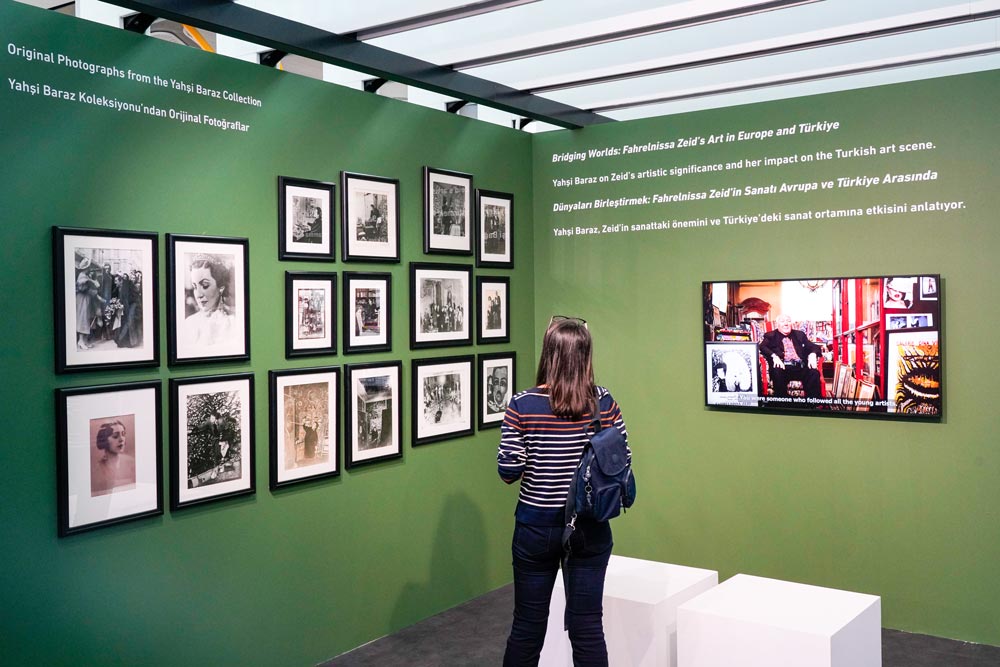
Zeid’s Art and İGA ART’s Multicultural Fabric
Fahrelnissa Zeid is not only one of the leading figures in Turkish art but also a multicultural and boundary-transcending figure in modern art history. Throughout her life, she resided in cities like Istanbul, Berlin, Paris, London, New York, and Amman, developing an international perspective through her Ottoman aristocratic background, diplomatic lifestyle, and artistic production. This multilayered identity directly overlaps with the cultural diversity of İGA ART, situated in a global transit hub like İGA Istanbul Airport.
Zeid’s life and art are products of a synthesis that merges diverse geographies, traditions, and aesthetic understandings—much like the intercultural dynamism İGA represents. Zeid’s significance in Turkish art history extends beyond her individual success. Alongside other Turkish artists producing in Paris during the 1940s and 50s, she became part of the Nouvelle École de Paris, thereby integrating Turkish artists for the first time into practices parallel to European movements like Art Informel and lyrical abstraction.
Her contribution during this period was unique: Zeid was one of the first Turkish artists to successfully establish an original synthesis between East and West, past and present. She created a distinctive visual language, blending elements from Byzantine art, Islamic decorative traditions, Anatolian folk art, and modern Western movements—especially Expressionism, Fauvism, and abstraction. This hybrid structure is the product of a transformative vision, both aesthetically and culturally.
Art Expanding Beyond the Gallery
The fact that the exhibition’s content extends beyond the gallery and spreads throughout various points of the terminal transforms the ways in which people encounter art in public spaces. Has this practice achieved the effect you anticipated? What kind of feedback have you received?
Spreading the exhibition content throughout different areas of the terminal instead of confining it solely to the gallery has been one of the core conceptual elements of this project from the beginning. In a large international airport like İGA Istanbul Airport, transforming art into something encountered unexpectedly can fundamentally change the relationship established with the audience.
Video interviews, exhibition visuals, the artist’s quotes, and directional information are displayed on various screens and walls across the terminal. Thus, art does not begin only when the viewer steps into the gallery but also through the paths that lead them there.
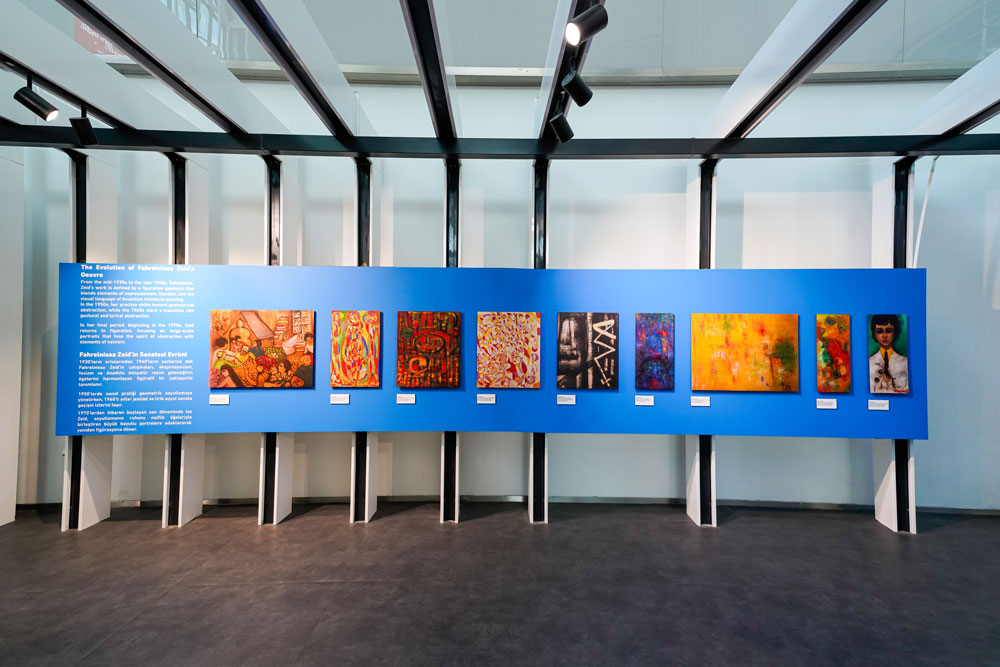
An Important Hub for Global Art
This exhibition is part of İGA ART’s broader cultural programming throughout the year. The airport hosts numerous events, from concerts to temporary exhibitions, photographic installations to video projections.
Curatorial Approach and Viewer Experience
The fundamental approach of the SOLO series is to construct an intense universe of meaning around a single artist and a single work. Therefore, we aimed to transform the exhibition from a simple display of a painting into an experiential space that reveals the historical, intellectual, and personal context of the artwork. One of the project’s main goals was to ensure that while viewers are alone with a single piece, they also gain a multilayered framework related to the artist’s life, era, and creative process.
In line with this, the exhibition’s design incorporates not only texts but also photographs, archival documents, exhibition posters, video interviews, and documentary-style moving images. The visual materials come from both private archives and carefully selected stock photographs. Particularly, original photos from the Yahşi Baraz Collection and unique exhibition posters prepared since the 1950s are among the essential elements enriching the exhibition’s visual texture.
Through these materials, the audience establishes a direct connection both with the aesthetic sensibilities of the era and with Zeid’s exhibition history. The original artwork Abstract Composition (1960) displayed in the exhibition has been loaned from the Serdar Kitapçı Collection. Visual documents from the period of the artwork’s creation are supported by high-quality reproductions provided by the private collections of Mustafa Taviloğlu, Serdar Altınalmaz, and Öner Kocabeyoğlu.
A Cultural Dialogue on Zeid
Among the video content, the documentary My Art: Fahrelnissa Zeid prepared by Zuhal Demirarslan stands out in particular. This video offers a powerful narrative, bringing together visual and storytelling richness about the artist’s life in a single flow. Additionally, interviews conducted with Gülveli Kaya, Yahşi Baraz, and myself reflect perspectives from different generations, lending a multi-voiced dimension to the experience.
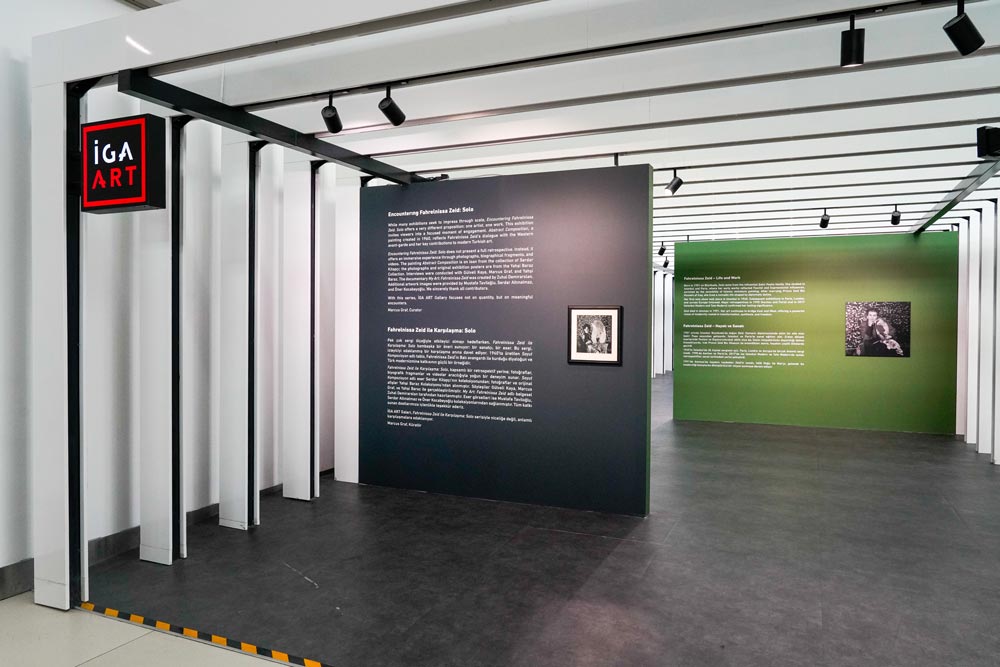
İGA ART’s Mission and Vision
By connecting art and culture at an international transit hub like Istanbul Airport, İGA ART brings together people from diverse cultures. In this context, what can you say about İGA ART’s mission, its goals, and its vision for promoting Turkey’s cultural richness to the world?
İGA ART’s mission is to establish a universal language through art at İGA Istanbul Airport—one of the world’s busiest transit hubs—and to transform this space from merely a point of passage into a cultural meeting point. Projects carried out toward this goal aim to bring Turkey’s artistic diversity and cultural richness to international audiences. Here, art functions both as a form of expression and as a medium of invitation, building connections among travelers passing through, waiting, or departing from different cultures.
In this context, the SOLO series is not only a new curatorial model but also a vehicle for a cultural vision. By making artists who have shaped Turkey’s modern and contemporary art history visible in public spaces, it both revitalizes local art memory and situates that memory within a global context. The works exhibited are not merely aesthetic objects but also concrete examples of Turkey’s artistic thought and production capacity.
A Pause and a SOLO Possibility
The projects conducted by İGA ART are not limited to temporary exhibitions. Permanent art installations, initiatives like the İGA ART Art Projects Competition, concerts, and other cultural events transform the airport into a living cultural platform throughout the year.
Particularly, projects like Saya’nın Sesi (The Voice of Saya) present a new model that paves the way for art production in public spaces in Turkey. Hayrı Karay’s nearly 40-meter-high kinetic installation, which won first prize in the second edition of the same competition, will soon be permanently exhibited in the area before passport control at İGA Istanbul Airport—a space where passenger flow is particularly intense. This impressive sculpture will add a new dimension to the experience of public art, not only through its physical scale but also through its poetic structure based on movement and balance.
As we stated in the İGA ART manifesto, we live in a new world: while our ability to move is rapidly increasing, our memory is forced to let everything slide by like a chute, leaving no trace. Airports, as spaces where this transformation is felt most intensely, offer unique places where cultures pass by one another without touching yet have the potential to merge at any moment. Therefore, in these spaces, art is not merely decoration—it creates a pause and a SOLO possibility.

